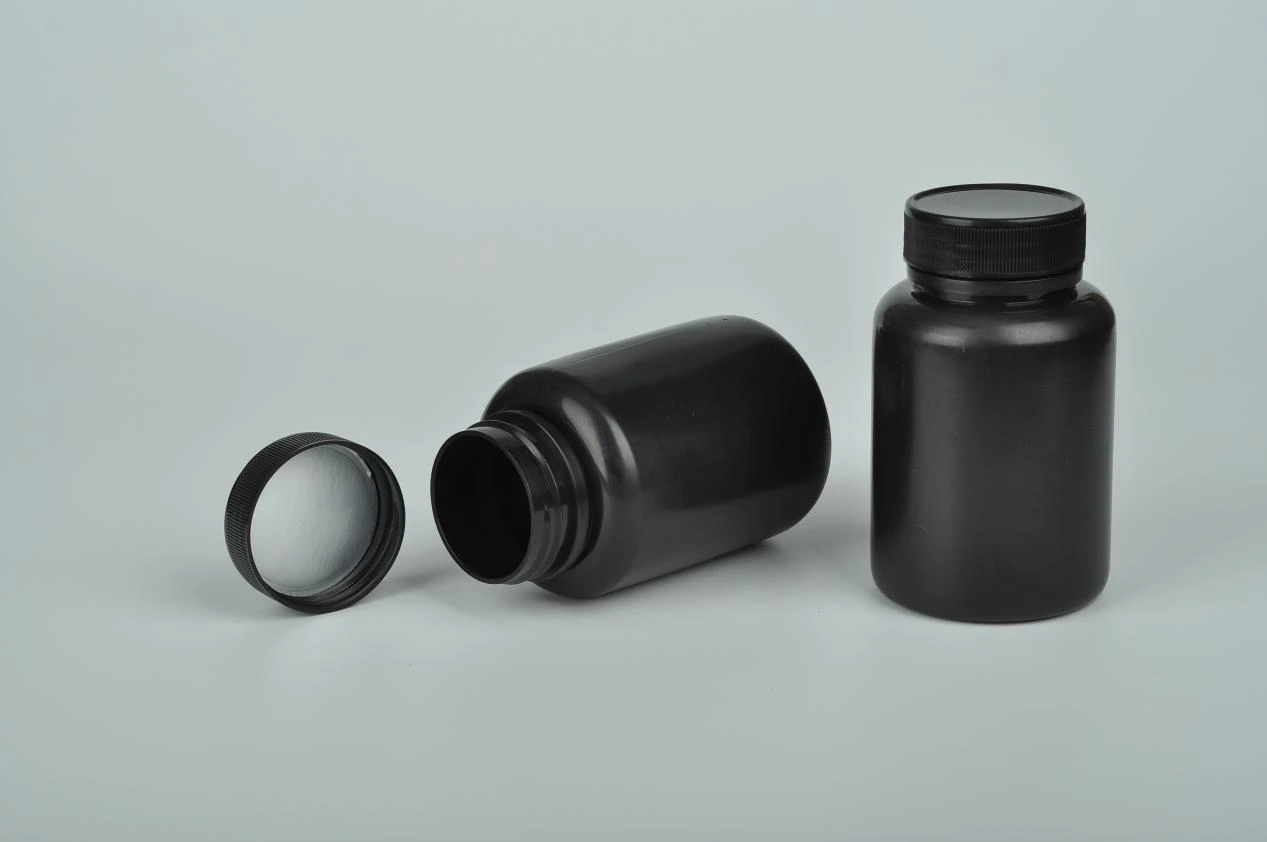Feb . 06, 2025 05:01
Back to list
Drop Bottle Plastic Drop Bottle Eye Medicine Bottle
In the meticulous and precise setting of a laboratory, the equipment chosen is essential for conducting experiments efficiently and effectively. One such indispensable tool is the dropper bottle, a versatile and crucial component for many applications. Beyond its basic function of dispensing liquids, the dropper bottle serves a multitude of purposes in a lab setting, offering great utility across various scientific disciplines.
For laboratories engaged in pharmaceuticals, precision is paramount. Dropper bottles are extensively used to dispense exact doses of substances required in the formulation of drugs and solutions. Their role in ensuring consistent dosage cannot be overstated, as it is crucial for both the safety and efficacy of pharmaceutical products. Moreover, pharmaceutical labs might employ dropper bottles for handling chemical compounds that are sensitive to air or light, utilizing opaque or amber-colored bottles to protect the integrity of the substances. Quality and material are important considerations when selecting dropper bottles for laboratory use. High-quality glass and plastics such as borosilicate glass or high-density polyethylene are often chosen for their chemical resistance and durability. Bottles must be chosen not only for their functional properties but also for their ability to withstand sterilization processes, where applicable, to maintain a sterile environment crucial in biological and medical research. Experimentation with novel materials and innovative designs is constantly evolving the use of dropper bottles in the laboratory. Recent developments have seen the implementation of dropper bottles with UV protection, allowing for the safe storage of photosensitive solutions. Additionally, adjustable dropper tips are being utilized to provide varying drop sizes, offering even greater precision for researchers who need it. In conclusion, while dropper bottles might appear as a humble tool, their impact and importance within laboratory settings cannot be underestimated. They provide a reliable means of handling and dispensing liquids, ensuring precision and safety in various applications. Their versatility across numerous scientific fields highlights their indispensability. Consequently, when well-chosen and properly employed, dropper bottles become a trusted ally in the pursuit of scientific discovery, serving as a testament to the subtleties of laboratory practice that require both expertise and trustworthiness.


For laboratories engaged in pharmaceuticals, precision is paramount. Dropper bottles are extensively used to dispense exact doses of substances required in the formulation of drugs and solutions. Their role in ensuring consistent dosage cannot be overstated, as it is crucial for both the safety and efficacy of pharmaceutical products. Moreover, pharmaceutical labs might employ dropper bottles for handling chemical compounds that are sensitive to air or light, utilizing opaque or amber-colored bottles to protect the integrity of the substances. Quality and material are important considerations when selecting dropper bottles for laboratory use. High-quality glass and plastics such as borosilicate glass or high-density polyethylene are often chosen for their chemical resistance and durability. Bottles must be chosen not only for their functional properties but also for their ability to withstand sterilization processes, where applicable, to maintain a sterile environment crucial in biological and medical research. Experimentation with novel materials and innovative designs is constantly evolving the use of dropper bottles in the laboratory. Recent developments have seen the implementation of dropper bottles with UV protection, allowing for the safe storage of photosensitive solutions. Additionally, adjustable dropper tips are being utilized to provide varying drop sizes, offering even greater precision for researchers who need it. In conclusion, while dropper bottles might appear as a humble tool, their impact and importance within laboratory settings cannot be underestimated. They provide a reliable means of handling and dispensing liquids, ensuring precision and safety in various applications. Their versatility across numerous scientific fields highlights their indispensability. Consequently, when well-chosen and properly employed, dropper bottles become a trusted ally in the pursuit of scientific discovery, serving as a testament to the subtleties of laboratory practice that require both expertise and trustworthiness.
Share
Latest news
-
Aesthetic Makeup Spray Bottles | Fine Mist Empty RefillableNewsAug.19,2025
-
White Plastic Veterinary Vaccine Vials | Lab Liquid BottlesNewsAug.18,2025
-
Plastic Medicine Liquid Bottle: Secure Flip Top Drug VialsNewsAug.17,2025
-
Durable 250ml Blue Plastic Vaccine Vial for Lab & Vet UseNewsAug.16,2025
-
Sterile Virus Sample Tubes: Secure & Reliable Specimen CollectionNewsAug.15,2025
-
White 250ml Plastic Vaccine Vial for Lab & Vet MedicineNewsAug.14,2025
RECOMMEND PRODUCTS
























